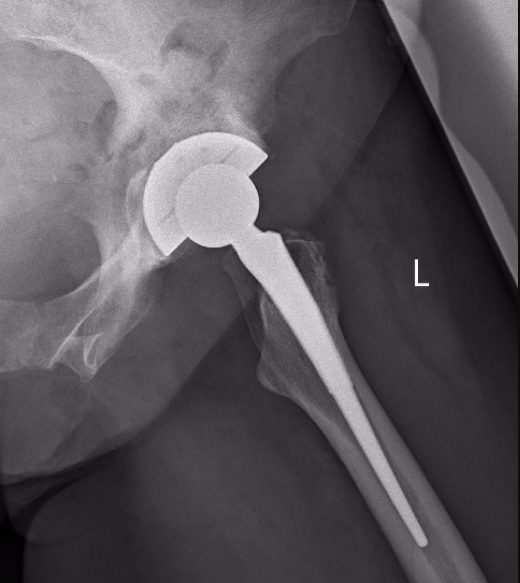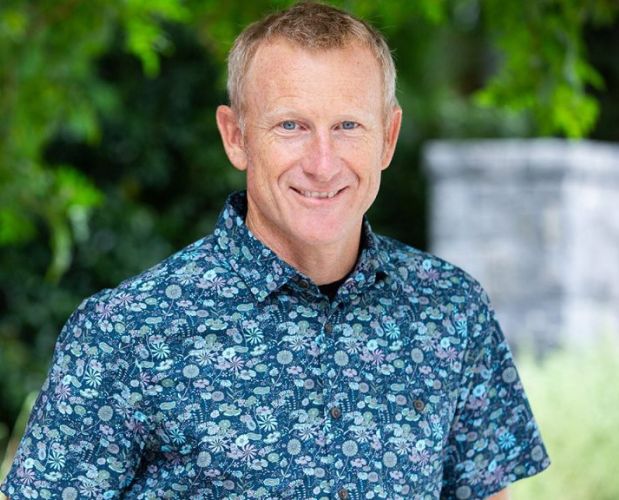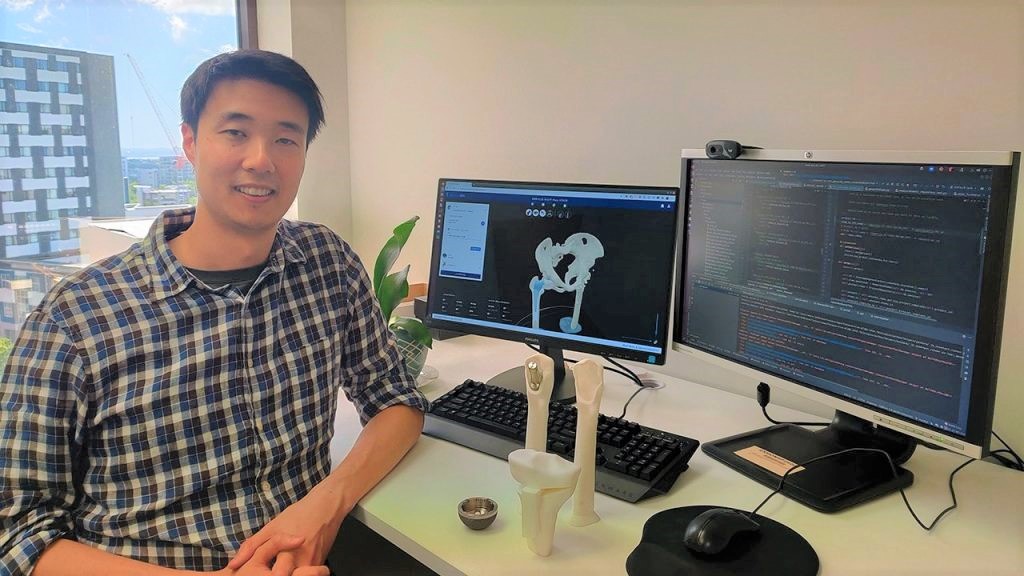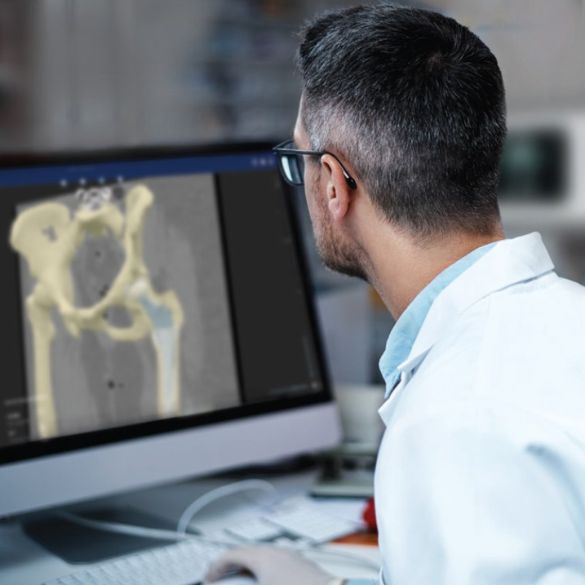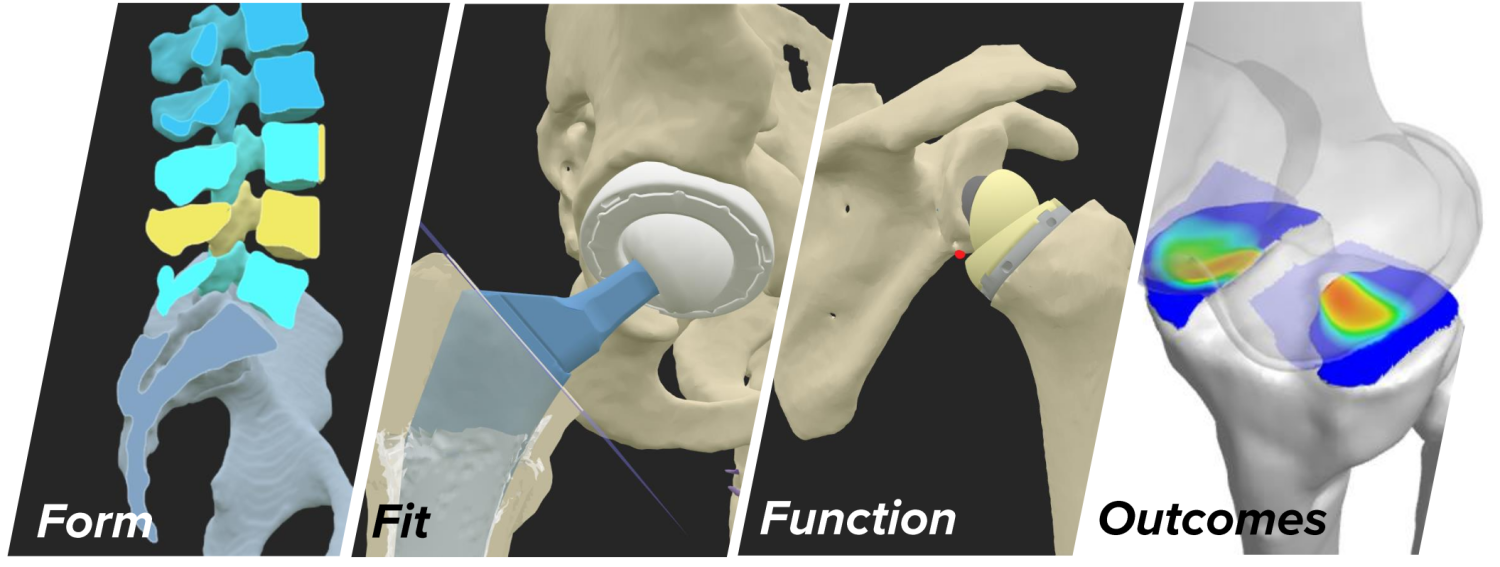Besier and Zhang drew on their research at the Auckland Bioengineering Institute to create a platform that uses artificial intelligence (AI) and 3D modelling to help surgeons select the right replacement joint and plan where to place it for each individual patient. To commercialise the tool, they spun out a company, Formus Labs, in 2016.
Formus’s software is the world’s first automated 3D planner for joint replacement surgeries. It combines medical imaging data with biomechanical simulation to create a 3D model of a patient’s joint, then selects and places implants that restore the native biomechanics. Surgeons can interact with the 3D model to adjust the plan according to their expertise and preferences. It also speeds up surgery planning from weeks to hours.
“Our ageing and increasingly overweight population is leading to an epidemic of joint disease,” says Besier. “Our software improves patient outcomes by selecting implants that best match the anatomy and biomechanics of an individual from the get-go.”
